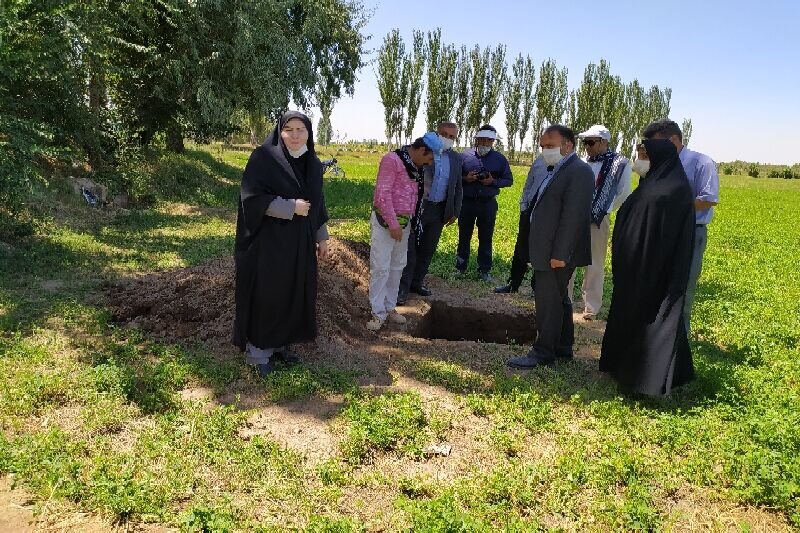Four archaeological hills being demarcated in Miandoab

TEHRAN – Teams of Iranian archaeologists have commenced separate surveys to demarcate four archaeological hills situated in Miandoab county, northwestern West Azarbaijan province.
“Demarcation projects for four historical hills have recently been started in Miandoab county as the permit for the fifth has been issued [by the Research Institute of Cultural Heritage & Tourism] and it will be commenced soon,” CHTN quoted Miandoab’s tourism chief Fatemeh Alizadeh as saying on Tuesday.
The province has been the seat of several ancient civilizations. It formed part of Urartu and later of Media. In the 4th century BC, it was conquered by Alexander the Great and was named Atropatene after one of Alexander’s generals, Atropates, who established a small kingdom there. The area returned to the Persian (Iranian) rule under the Sasanians in the 3rd century CE. The Arabs controlled Azerbaijan from the 7th century until Turkish nomads overran it in the 11th century. Thenceforth the inhabitants of the region were Turkish speakers. The region was overrun by the Mongols in the 13th century, and, under the ruler Hulegu, Azarbaijan became the center of a Mongol empire extending from Syria on the west to the Oxus River (now Amu Darya) on the east.
As its name suggests, Miandoab (literally meaning between the two waters) is sandwiched between the two rivers of Zarrineh-Rud and Simineh-Rud. Miandoab enjoys very fertile soil and an excellent “Mediterranean” climate.
AFM/MG
Leave a Comment